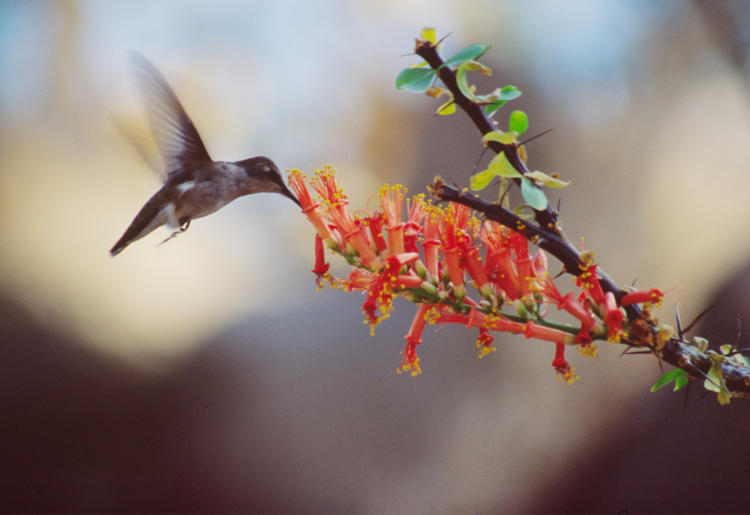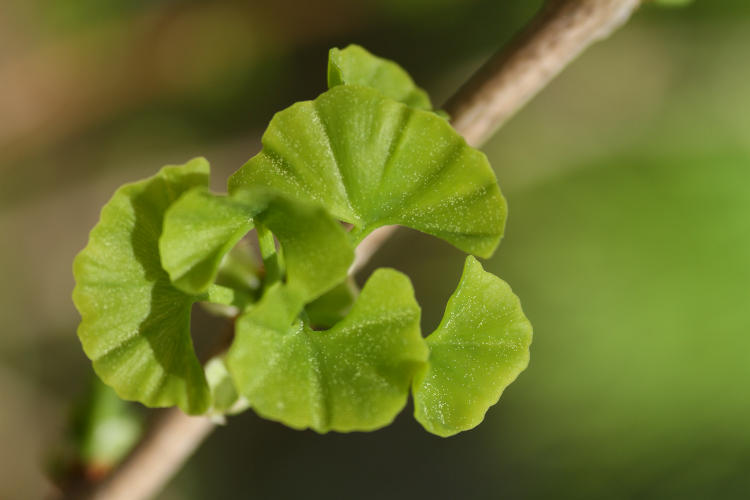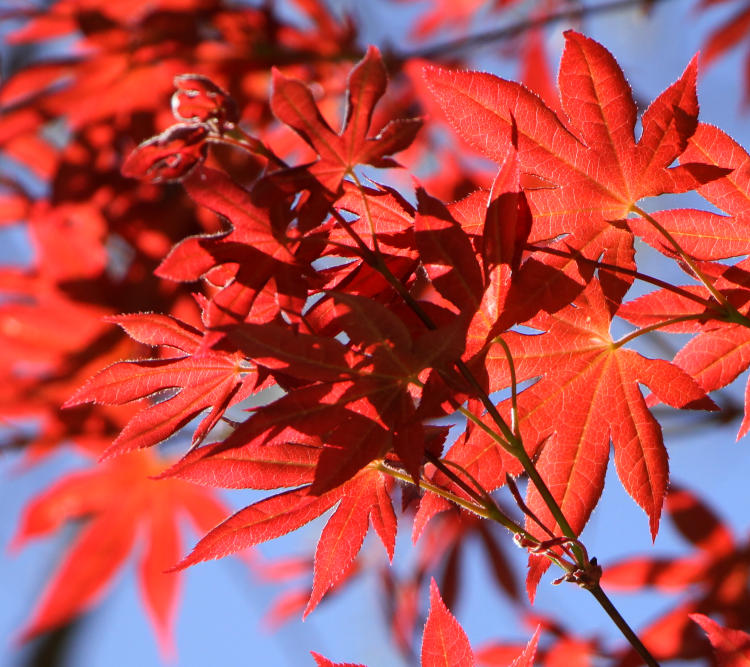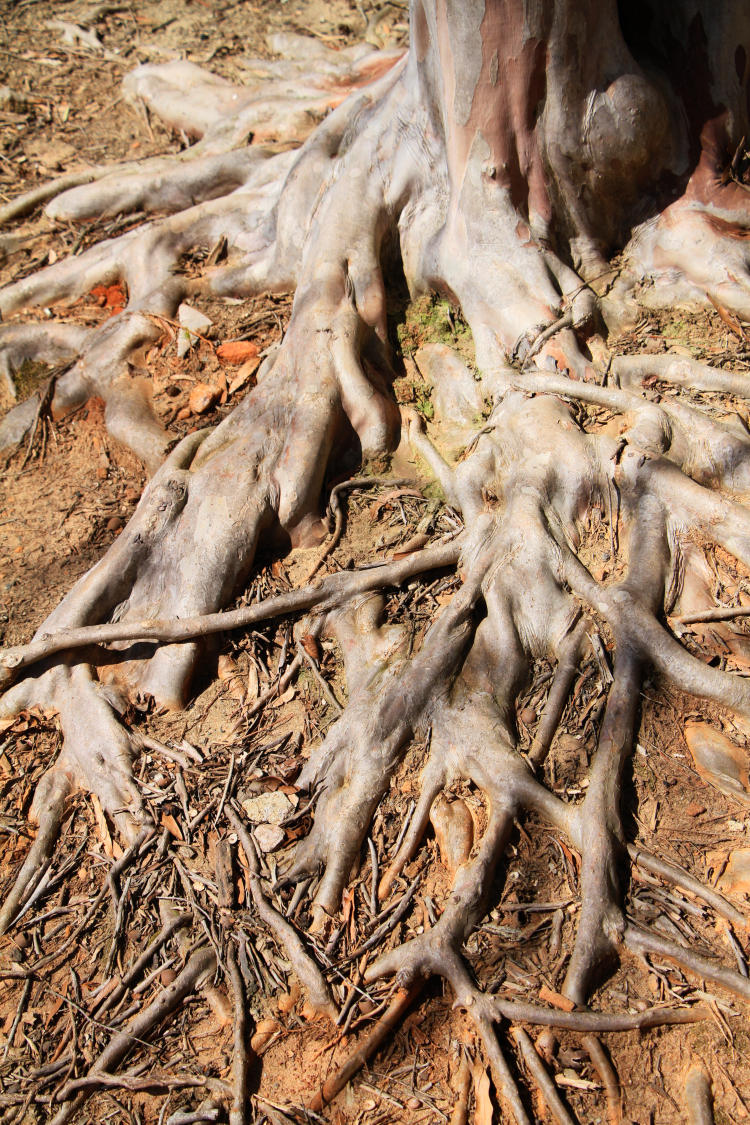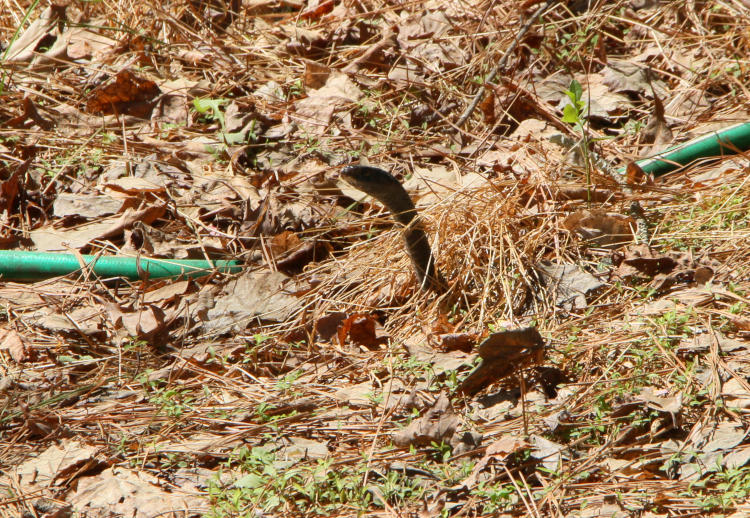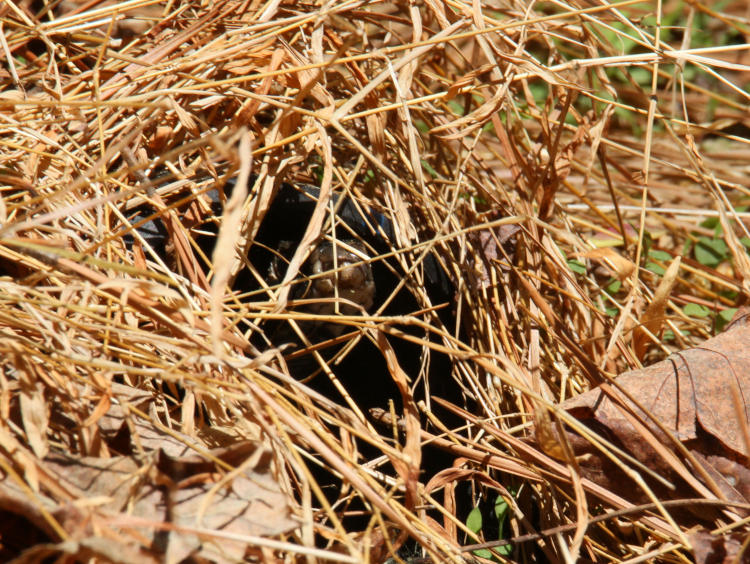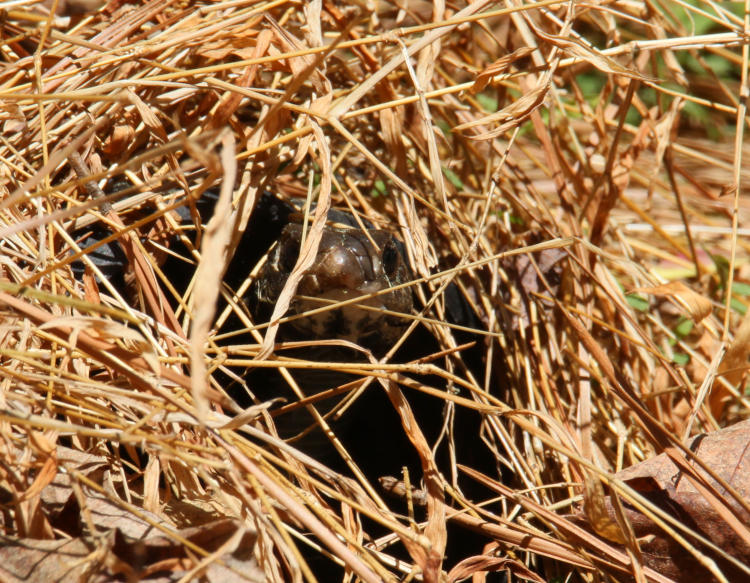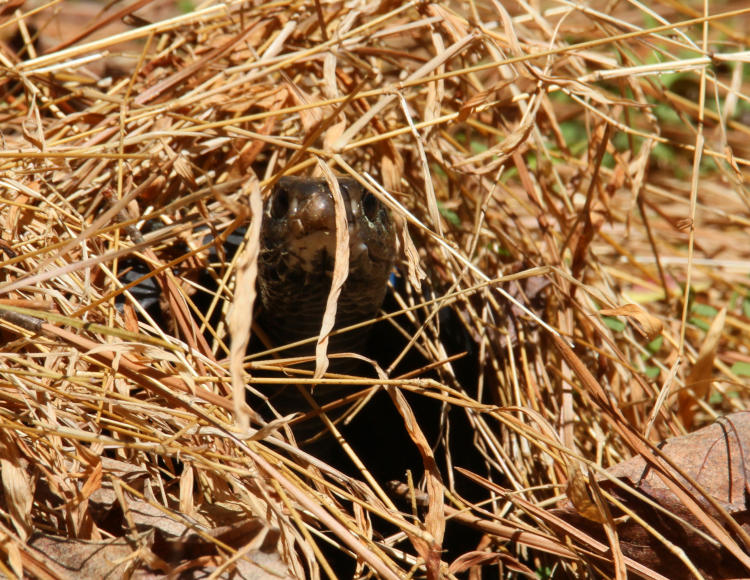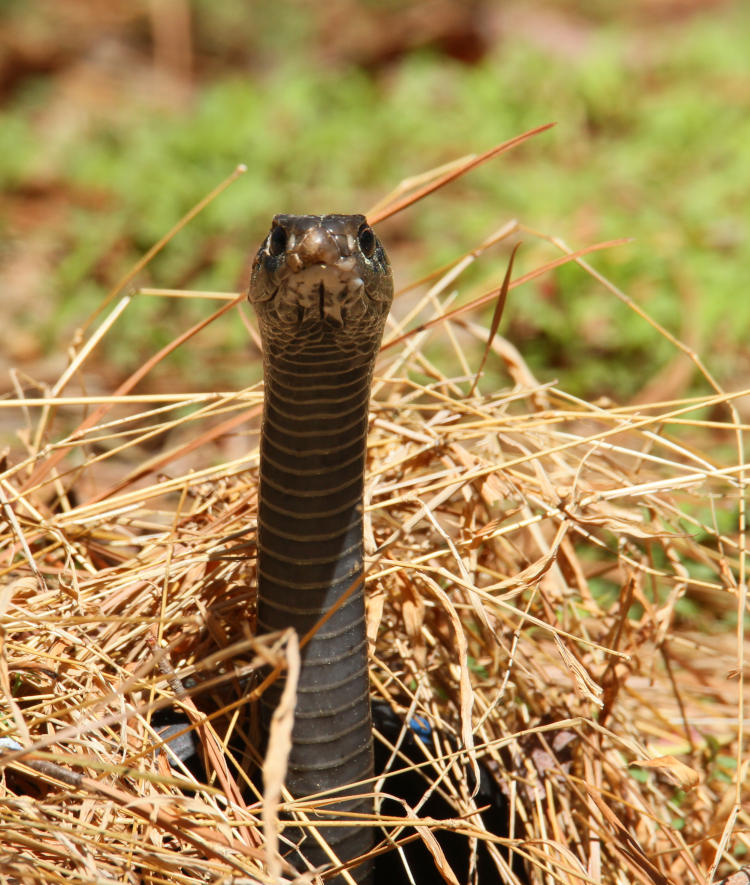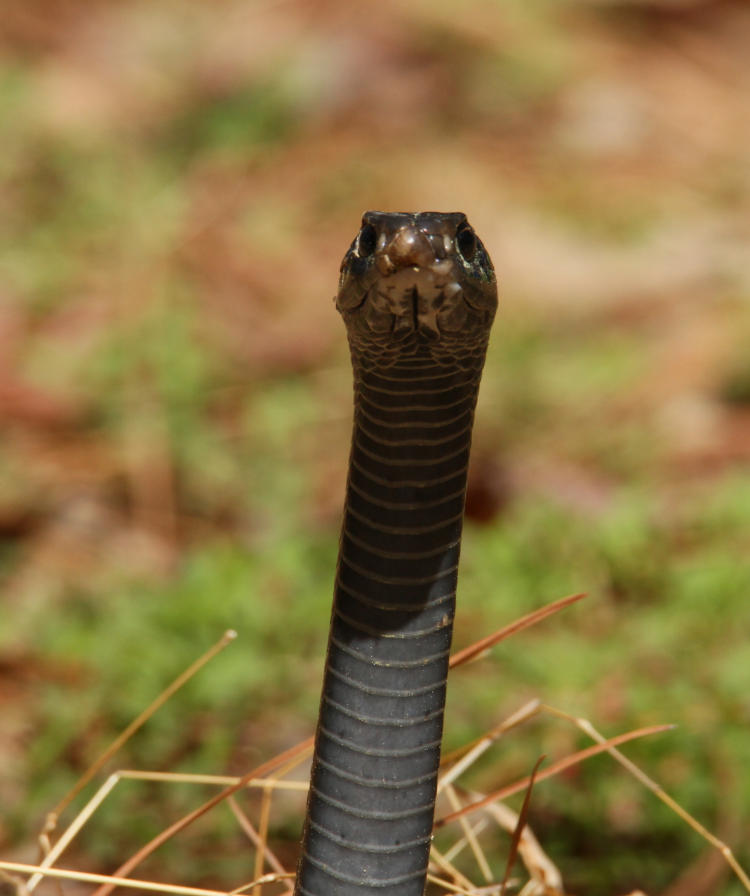It’s kinda funny how abruptly your perspective may change. I’ve been getting reminders of what today is the anniversary of all week, and to a distinct degree, I wasn’t all that motivated to recognize it – and then the rational part of my brain kicks the emotional part in the ass and tells it to go back to worrying about bad drivers.
What I’m talking about is that today is the sixty-first anniversary of the first human in space, this being Yuri Gagarin, who happened to be Russian. Despite my relative disregard of most things somehow deemed ‘newsworthy,’ I have been well aware of Russia’s reprehensible and utterly pointless invasion of Ukraine, and have quickly gone from a general ambivalence about Russia itself to outright despising it for its actions. But this is nonsense; that actions originated with Putin, with little doubt, and while it’s unclear how much of the ruling class is of like mind, the invasion can’t really be attributed to “Russia,” any more than insisting on the value of a border wall can be attributed to “America.” Moreover, it’s neither here nor there; Gagarin’s flight happened a few generations before this ‘administration’ came into power, and even if Gagarin himself would have been wholly in favor of the invasion (he died in 1968,) it has no bearing on what he accomplished, indeed, what the entire Soviet space program accomplished.
That’s the weird thing that we have a hard time getting over, because we want to slot people into simple categories, and I still fight with this all the time despite knowing that it’s stupid. This very trait is coming more and more into focus with the current ‘woke’ culture in America, which concentrates on playing st. peter and pronouncing final judgment on any and every public individual. But everyone is capable of both beneficial and detrimental actions, and trying to determine the ultimate tally (or much worse, considering that any detrimental action outweighs all others) is asinine and counterproductive – I went into this at length before. Gagarin might have been a closet baby-eater, or even given funds to Pat Robertson, but he was still the first human in space, and nothing takes that away from him. The point really is, it was an amazing accomplishment (with most of the credit deserved by the technicians and scientists in the Soviet space program,) and that’s what we should be recognizing: the accomplishment, not how it weighs on the grand scoreboard of anyone or anything.
[I feel the need to point out that, of all the various ‘firsts’ regarding space programs – first human in space, first female in space, first lander on another planet, first space station, etc – the Soviets/Russians hold nearly all of them. Pay attention to how often we here in this country qualify our accomplishments with “American,” as well as clinging to our major accomplishment, landing on the moon (not a planet,) in fierce denial of how many others we came second in. It’s pretty amusing.]
It would be easy to sidetrack onto other, semi-related topics (I know – I just deleted a couple,) but the message within this post is, regardless of anything else, 61 years ago today, humans entered space, and we’ve been advancing our knowledge and abilities ever since. It’s certainly far more worthy of notice than a National Day of Prayer or some other complete waste of effort.
* * *
Last year, I mentioned wearing my Vostok 1 commemorative pin for the day, and failed to follow up on that, because someone did indeed ask what it was; I was brief (no, really) but informative in my response. There’s less likelihood that I’ll run into anyone today, and the potential for a more jingoistic reaction following my explanation remains, but I can cope with that.


























































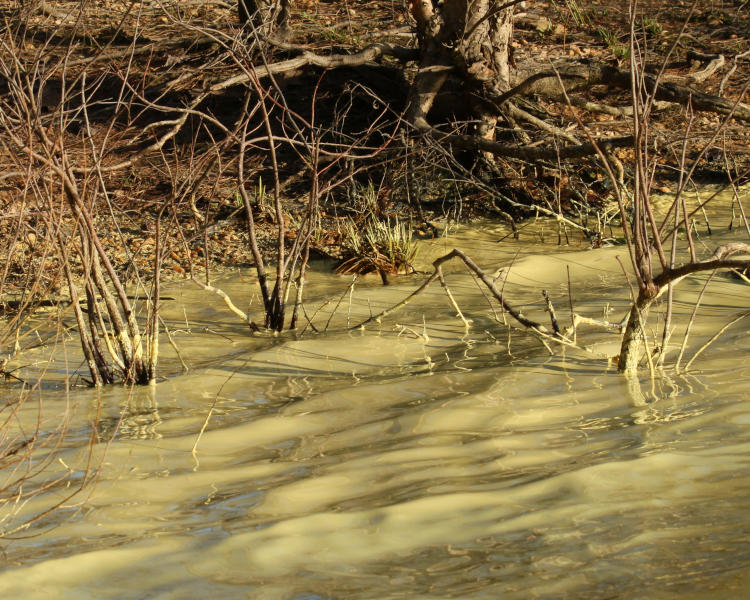


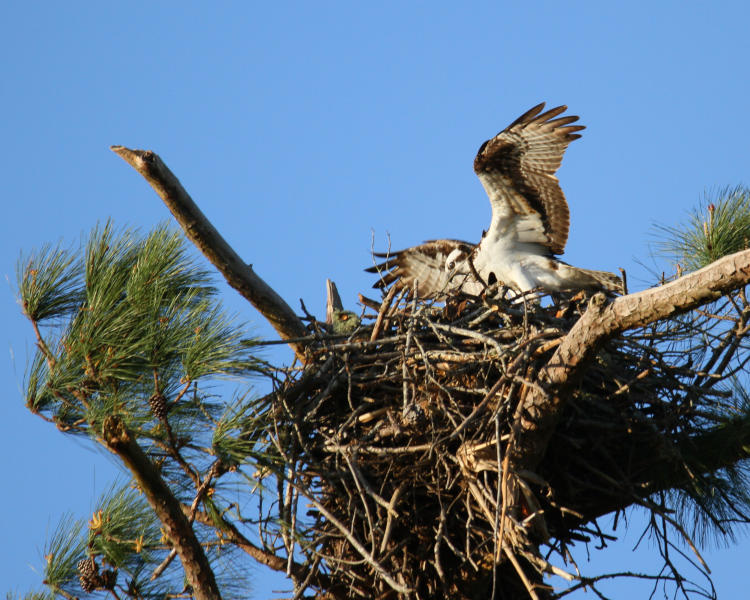


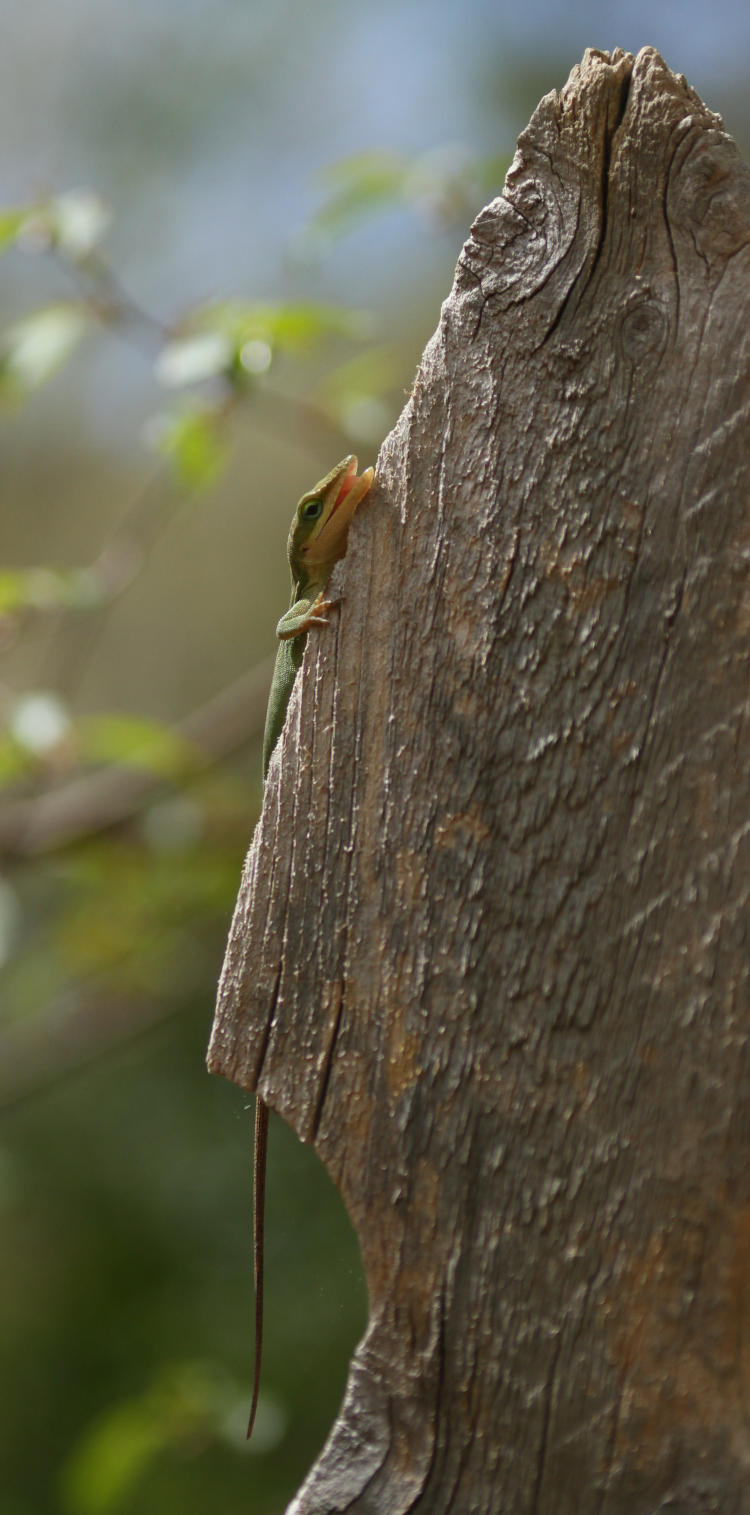

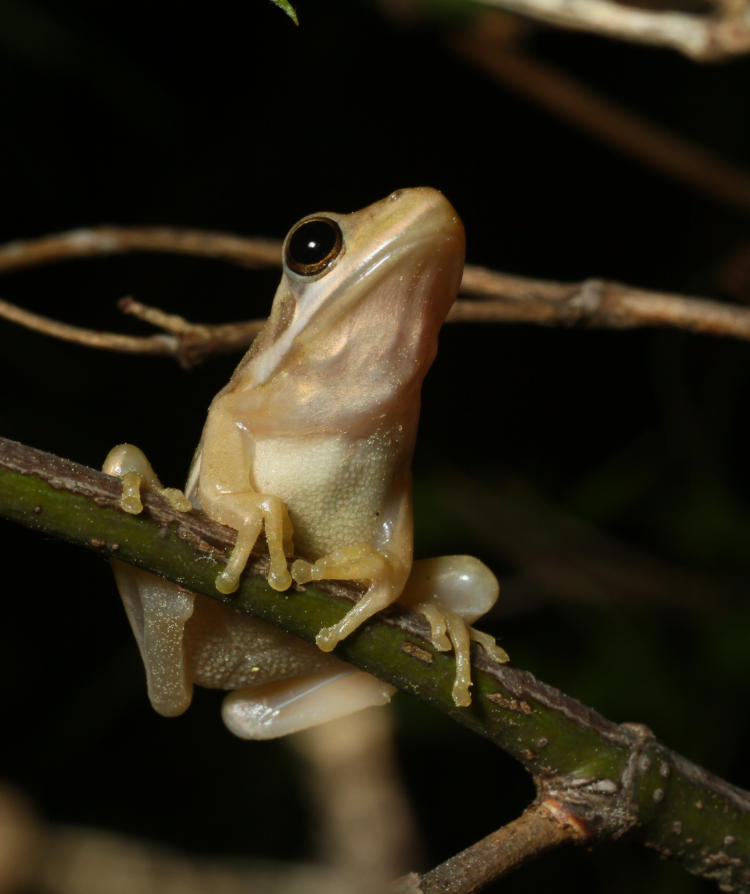
 Even if it had been removed from the greenhouse, there were/are still more in there, evident as night fell. I left the door open for a little while that night in case they decided they wanted out, but really, they’re better off within as long as their metabolism remains slower – there are few bugs for food, but the heater will keep the temperature from dropping too low until we’re quite sure the frosts have ceased for the season.
Even if it had been removed from the greenhouse, there were/are still more in there, evident as night fell. I left the door open for a little while that night in case they decided they wanted out, but really, they’re better off within as long as their metabolism remains slower – there are few bugs for food, but the heater will keep the temperature from dropping too low until we’re quite sure the frosts have ceased for the season.

